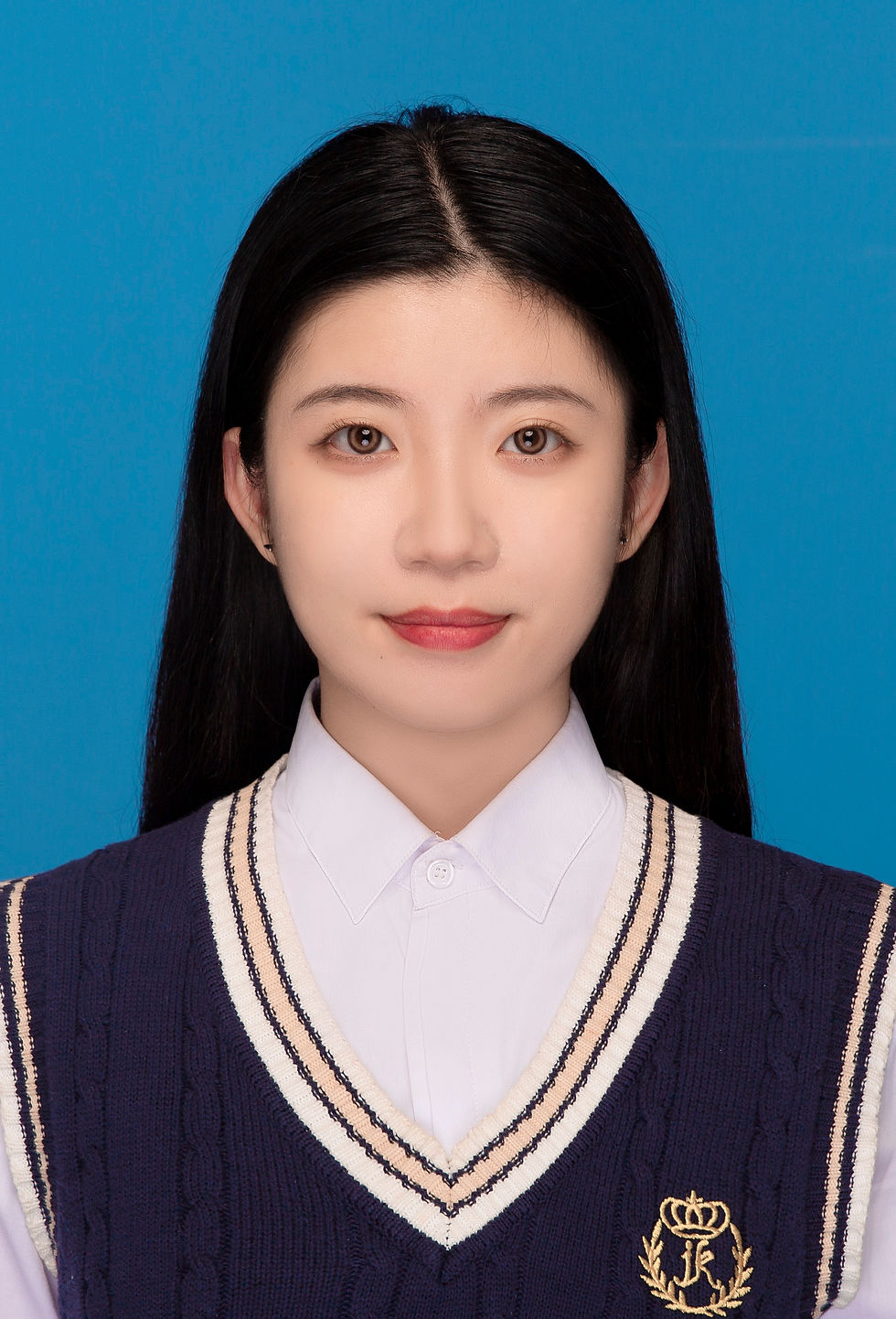Hsien Chun Wu
- Česká sekce INSEA

- Jul 4
- 2 min read
Updated: Oct 13
7.24 Balancing Tradition and Modernity: The Inmoon House and Hakka Aesthetic Innovation (Paper)

Hsien Chun Wu – National Yunlin University of Science & Technology, Taiwan
Abstract:
The Inmoon House project in Taiwan offers a compelling example of “conservitalization aesthetics,” a design approach that prioritizes the conservation and revitalization of cultural heritage. By focusing on the inherent qualities and potential of an old Hakka house, the project challenges traditional notions of Hakka aesthetics, prioritizing resourcefulness and the building’s inherent qualities over superficial elements. Through minimal interventions that respect the building’s original character, the project has successfully transformed an old Hakka house with a granary into a vibrant cultural hub.
This paper explores how this approach can address the dilemma of Hakka aesthetics, which is characterized by the tension between tradition and modernity. Key aspects of this dilemma include: 1. Preservation vs. Innovation: While traditional Hakka aesthetics emphasize simplicity and functionality, modern adaptation often leads to a dilution of these values. 2. Local vs. Global: Balancing local identity with global appeal is crucial to avoid homogenization and cultural loss. 3. Commercialization vs. Authenticity: Commercialization can compromise the integrity of cultural heritage, necessitating a careful balance between economic interests and cultural values. 4. Youth Engagement vs. Generational Gap: Engaging younger generations in preserving cultural heritage is essential, but this requires creative approaches that resonate with contemporary tastes.
The Inmoon House project offers a potential solution to these challenges by demonstrating how heritage conservation can be a catalyst for economic and social renewal. By revitalizing a historic building and transforming it into a cultural hub, the project has not only preserved Hakka heritage but also attracted visitors and stimulated local economic activity. Through autoethnography, the paper delves into the motivations, challenges, and triumphs of the project’s founders, providing valuable insights for future heritage conservation initiatives. Inmoon House serves as a model for how cultural heritage can be a powerful tool for community design and cultural tourism. Co-authored and supervised by Prof. Jui-Che Tu.
Download:



Comments